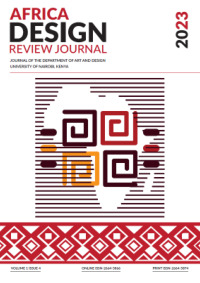Participatory Action Research (Par) for Community Based Conservation in Kenya.
Abstract
According to UN Biodiversity Agreement Cop 15, one of the targets is to ensure equitable, inclusive, effective and gender-responsive representation and participation in decision-making, and access to justice and information related to biodiversity by indigenous peoples and local communities. Participatory approaches have been used to engage local people in protected area management and conservation action. While participatory approaches implemented empower the locals to contribute to conservation and development processes, their contributions and indigenous knowledge is not considered within the framework (Ericson, 2004). Community engagement has been involved at the implementation stages of policy making with a top down approach to participation theory leaving the community members helpless when donors stop funding a project. The main objective of the study is to engage all the community members at all stages of planning conservation projects through active participatory approaches. Hence the need for a bottom-up approach to participation for a successful community approach to wildlife conservation programs.
The study used interviews and observation methods for data collection which was analyzed using qualitative techniques. The researcher studied two community-led conservancies in Northern and Southern Kenya to assess the level of participation in conservation programs by analyzing gender, age and other social factors that may enhance or hinder active participation of community members in sustainable community-based conservation. The study revealed that children under 18 years did not participate in conservation so are the women and youth in the community were marginalized in participation. The study concluded that bottom up approach to conservation was necessary in policy making and active participation through action research increased the motivation of individual members and hence the success of community based conservancies towards achieving development.


